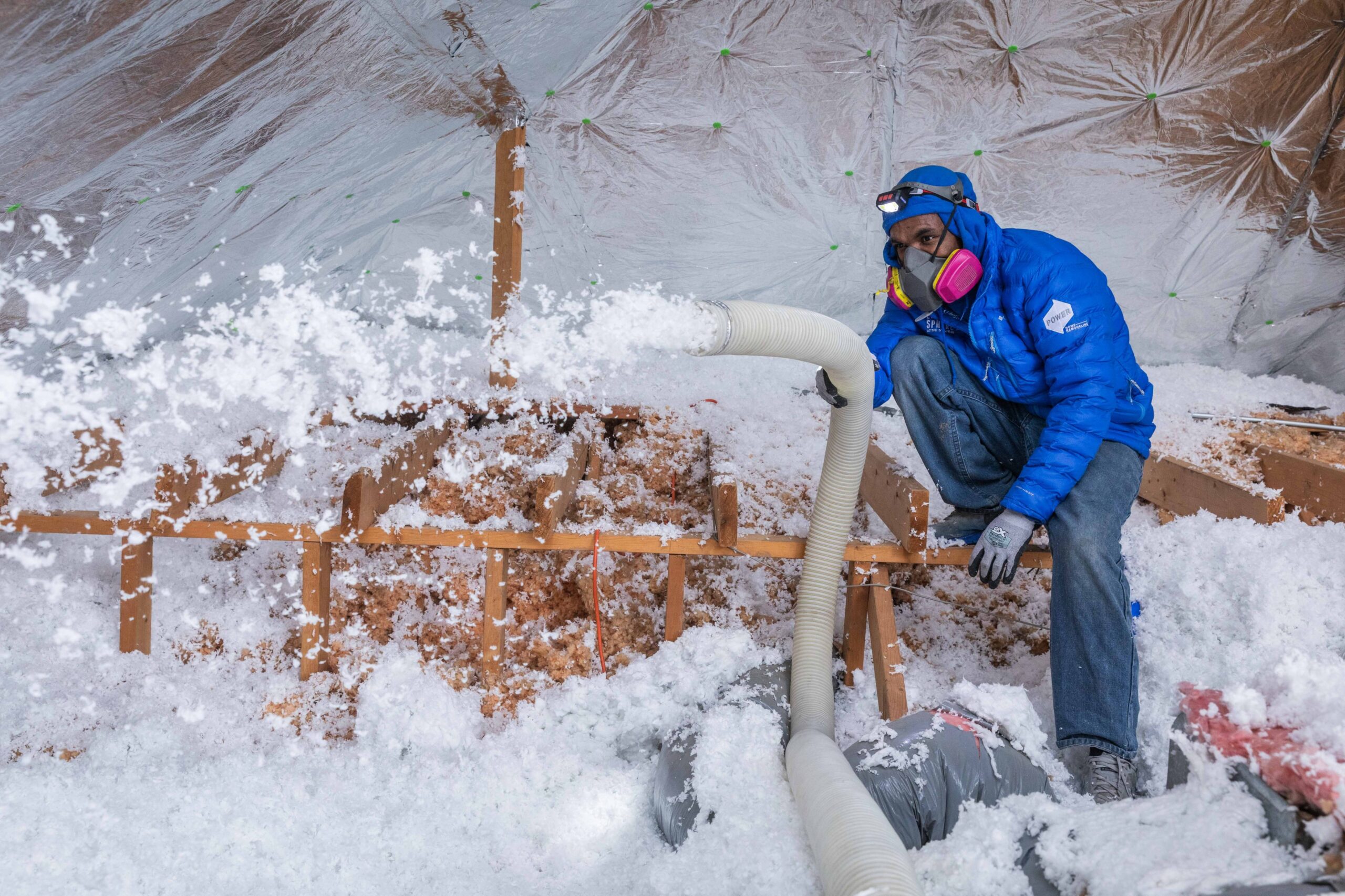Nov 9, 2023
Six Attic Upgrades That Will Save You Money

The right attic improvements can lead to significant saving, but which ones should homeowners prioritize?
It’s easy for hot air to stay trapped in your attic — or worse — escape through unseen cracks, causing your HVAC system to run at a higher rate to maintain temperatures throughout the rest of your home.
To help you save on utility bills and double down on energy efficiency, here are six key attic upgrades to consider:
1. Add Air Seals
One of the easier upgrades you can make to your attic space is to install an air seal around any openings or gaps between the living space and the attic floor, including lights and vents. This also could include adding a hatch cover or blanket for attics with pull-down stairs, and using door draft stoppers for attics with walk-up steps.
2. Check Fan Output
Ensure that all vents and exhaust fans from bathrooms are directed straight to the outside, and not directly into the attic. This helps prevent mold-like growth and maintains the lifespan of your roof.
3. Prioritize Proper Ventilation
Proper ventilation allows heat and humidity to escape from the attic, which reduces moisture buildup. Installing an attic fan can be helpful, but soffit or rafter vents are even more effective. Make sure these vents lie under the eaves of your house, with the exhaust placed at or near the ridge. This provides a way for cooler air to move into the attic and regulate its temperature.
4. Install Radiant Barriers on Rafters
Radiant barriers are two-sided foil-based materials used to reflect radiant heat and reduce hot air transference. Think about it like a mirror that’s reflecting away the heat.
5. Include Baffles
Insulation works by creating space — or air pockets — between two layers of material. Adding baffles — known as rafter vents — help direct clean, fresh air into the attic, keeping a space between the insulation and the roof decking. This provides a channel for air to flow from your exterior soffit vents up into your attic.
6. Use Proper Insulation
When you install loose-fill insulation through the blown-in method, which means the insulation flows through large tubes and hoses, it ensures that the fiberglass is spread out and fills in any little gaps throughout the attic.
Always check that your insulation is meeting your building code requirements and proper R-value — which is the measure of your insulation’s ability to resist heat flow. It’s recommended that most attics are insulated to R-38, but this varies by state.
And when in doubt, call in the Pros.
The process to upgrade your attic with these improvements can be difficult and sometimes dangerous to handle on your own. Hiring a well-vetted professional ensures that the job will be done correctly and completely — and lead to reduced energy consumption, lower utility bills, and a longer lasting roof.
If you’re contemplating attic improvements, be sure to check out Power’s attic insulation offerings.
Back to News
